Big cats are among the most fascinating creatures on the planet, known for their beauty, power, and unique hunting capabilities. Each species has developed distinct hunting techniques suited to their environments and prey, making them master predators. This article explores the hunting styles of 10 big cat species, shedding light on their specialized skills.
1. The Stealthy Leopard
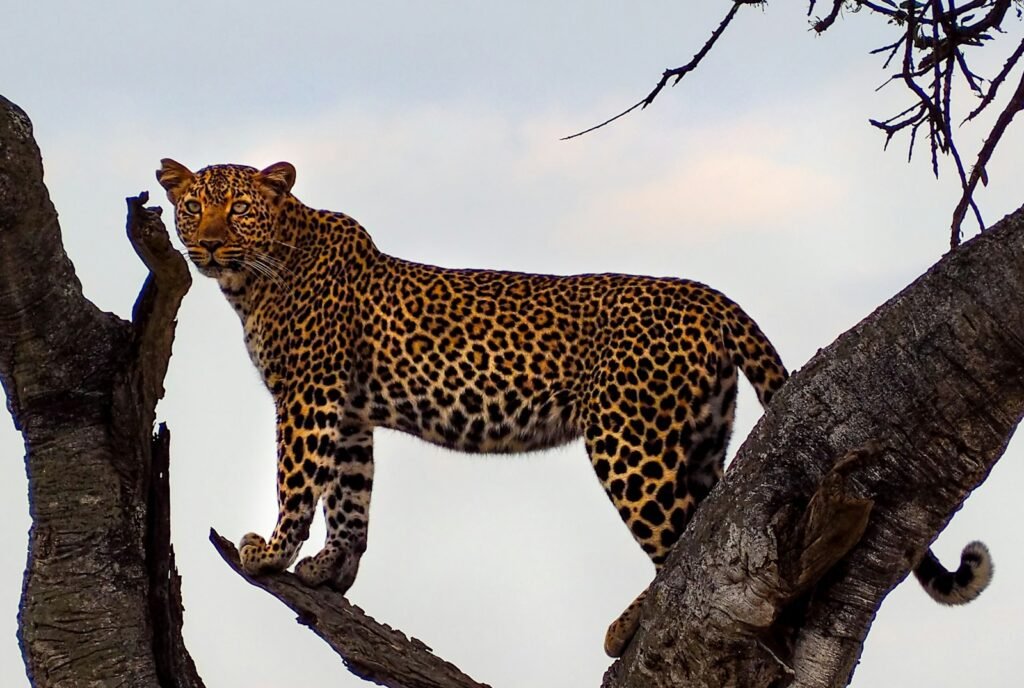
Leopards are solitary hunters renowned for their stealth and adaptability. They use their camouflaged coats to blend into a variety of environments, from dense forests to savannas. Preferring to hunt at night, leopards silently stalk their prey before pouncing with explosive speed and power. Their ability to drag prey up trees helps them avoid scavengers.
2. The Speedy Cheetah
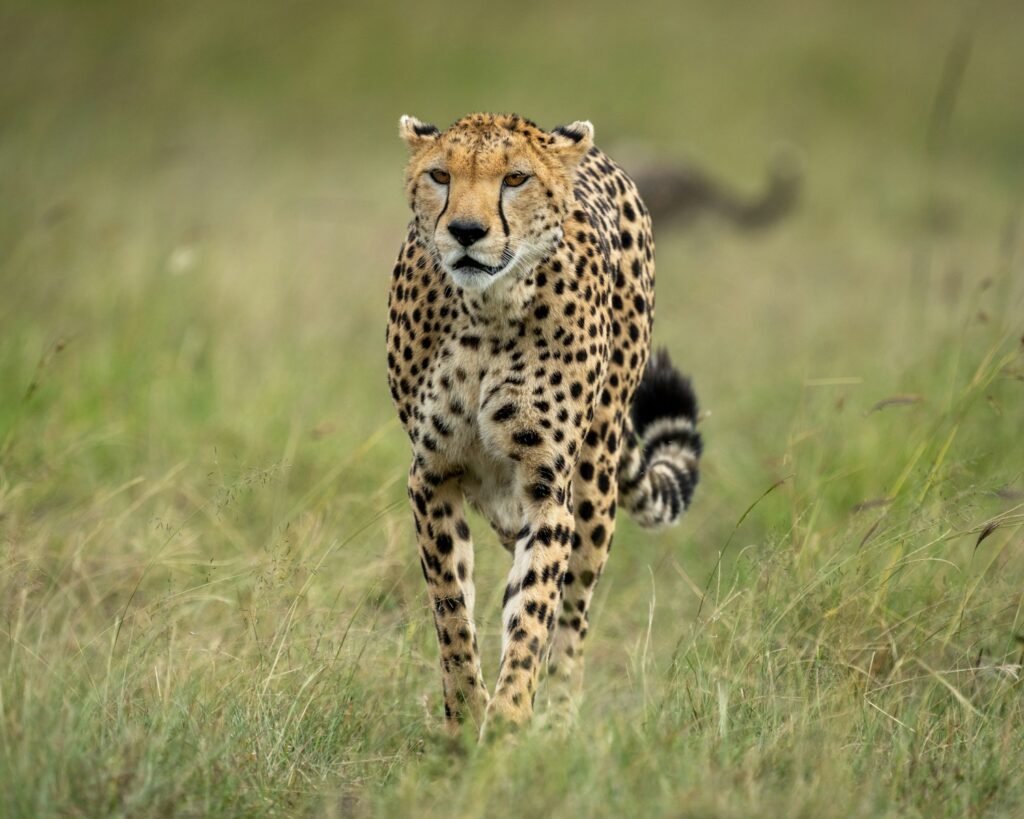
Cheetahs are the fastest land animals, capable of reaching speeds up to 75 mph (120 km/h). Unlike other big cats, they rely on their incredible speed to outrun prey on the open savanna. The cheetah’s hunting method involves a short sprint to catch up with prey, targeting the weakest or slowest individual before tripping it with a calculated swipe.
3. The Powerful Lion
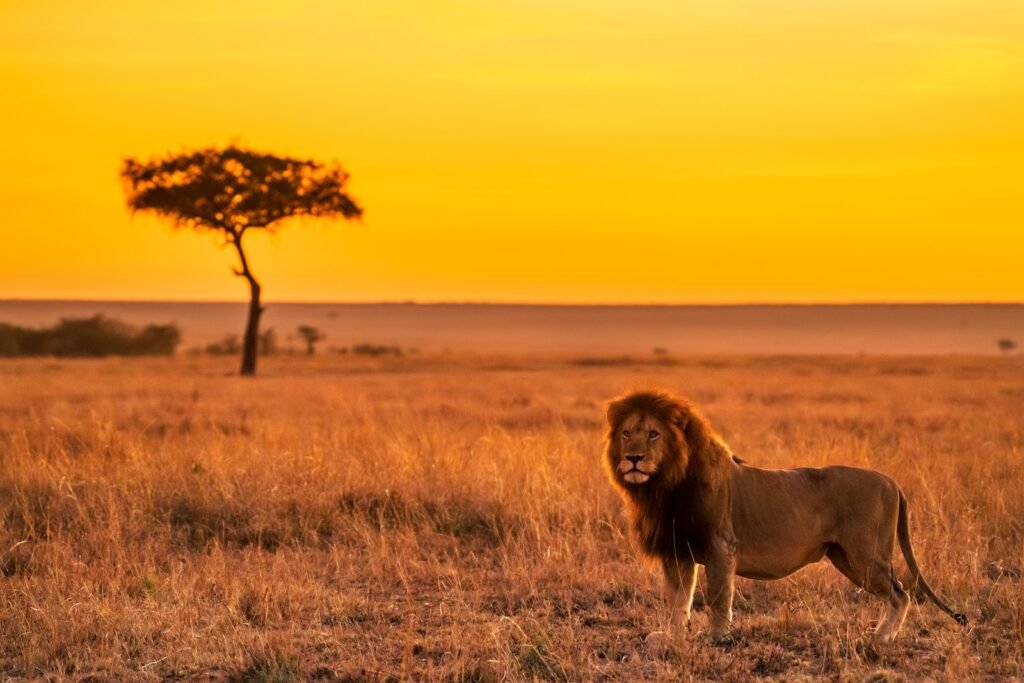
Lions are unique among big cats for their social hunting techniques. Living in prides, they work collaboratively to encircle and ambush prey. Lionesses do most of the hunting, using strategic planning and cooperation. While some members drive the prey towards the hidden hunters, others await in ambush, ensuring a successful kill.
4. The Elusive Snow Leopard
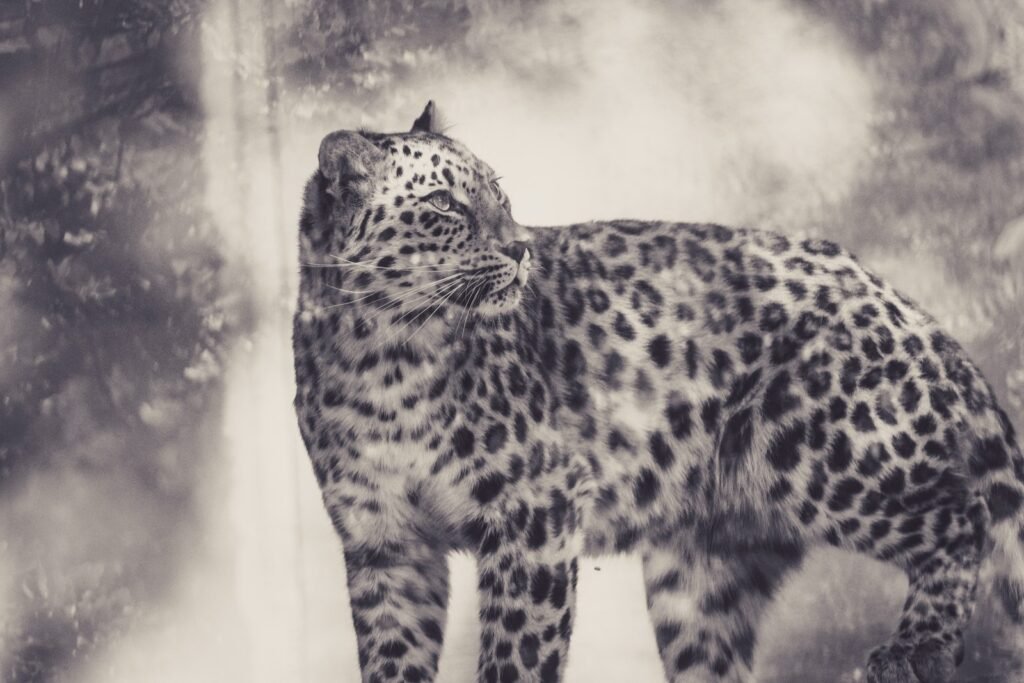
Adapted to cold mountainous regions, snow leopards are masters of stealth and navigation. Their pale, spotted coats provide excellent camouflage against rocky terrain. Solitary hunters, they primarily hunt blue sheep and ibex, using rock ledges and precise leaps to close in on their targets undetected. Their thick, muscular tail aids in balance on steep, rugged ground.
5. The Versatile Jaguar

Jaguars are powerful predators with a unique hunting method involving both land and water environments. They hunt by ambushing, employing a quick and efficient kill technique by biting directly through the skull of their prey. Jaguars are also excellent swimmers, taking advantage of waterways to catch fish, turtles, and even caimans.
6. The Ambitious Tiger
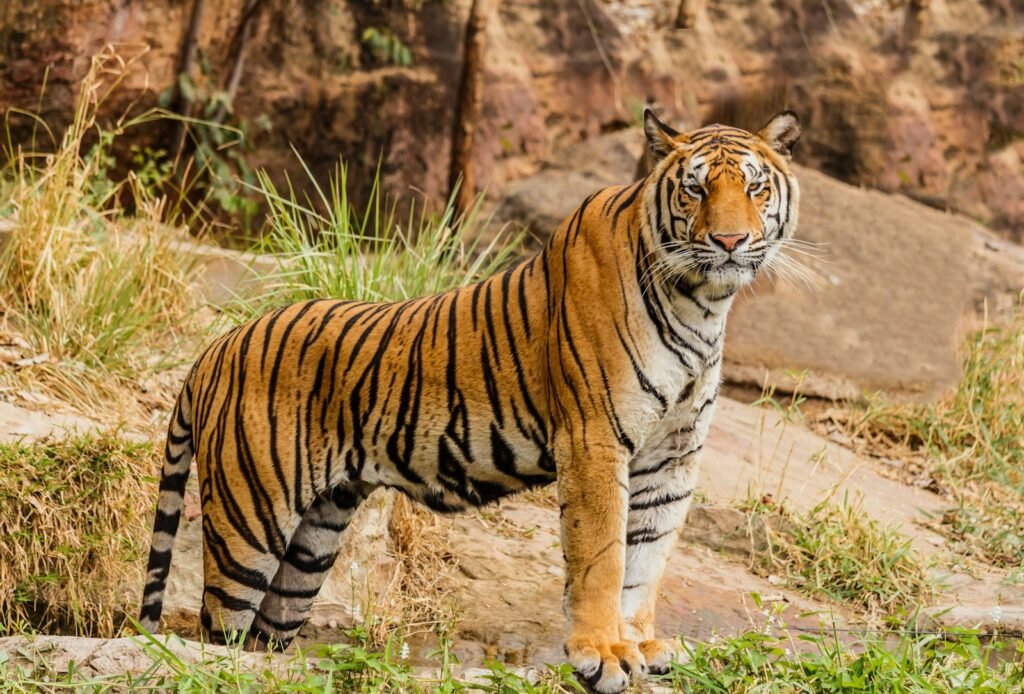
Tigers are solitary hunters with a diversity of prey ranging from small animals to large ungulates. Using their striped coats as camouflage amidst dense forest vegetation, tigers silently approach their prey before delivering a powerful, disabling bite to the neck. They use patience and strategy, often stalking for hours without making a sound.
7. The Skilled Caracal
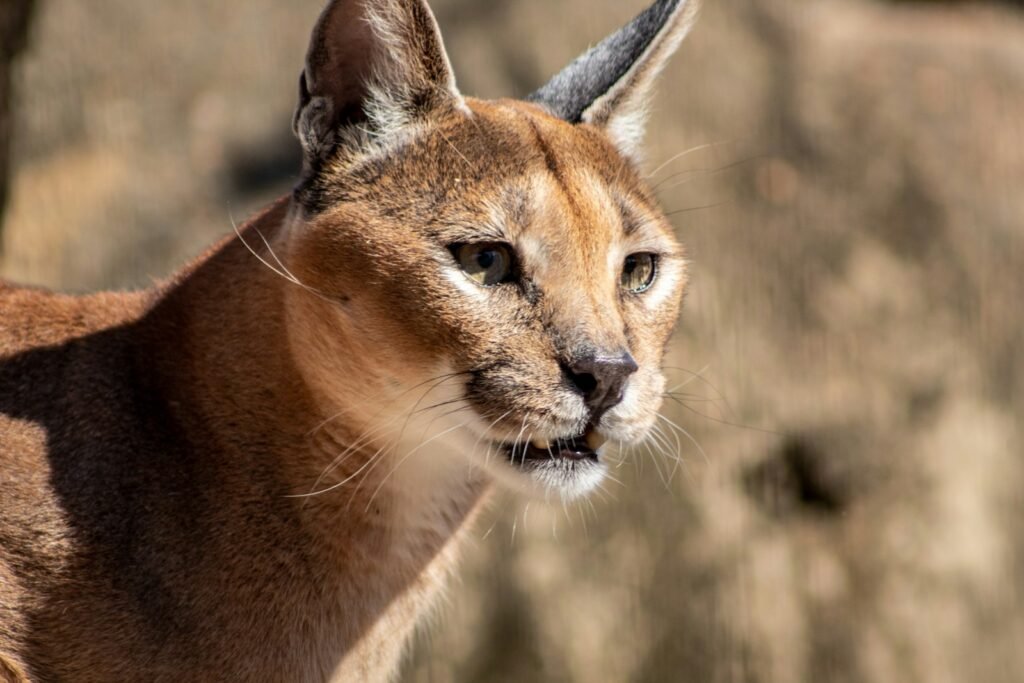
Caracals are medium-sized wild cats known for their impressive hunting acrobatics. Their distinctive tufted ears aid in detecting prey movements. Caracals primarily hunt small mammals and birds, using a combination of speed and stunning mid-air leaps to catch flying birds. Their agility and stealth make them formidable hunters in the savannas.
8. The Agile Serval

Servals are expert hunters with long legs and large ears, making them highly proficient in catching rodents and birds in African grasslands. They rely on their acute sense of hearing to locate prey, often leaping several meters into the air to capture birds in flight. Servals also use a pouncing technique, similar to a domestic cat, to catch ground-dwelling prey.
9. The Unique Clouded Leopard
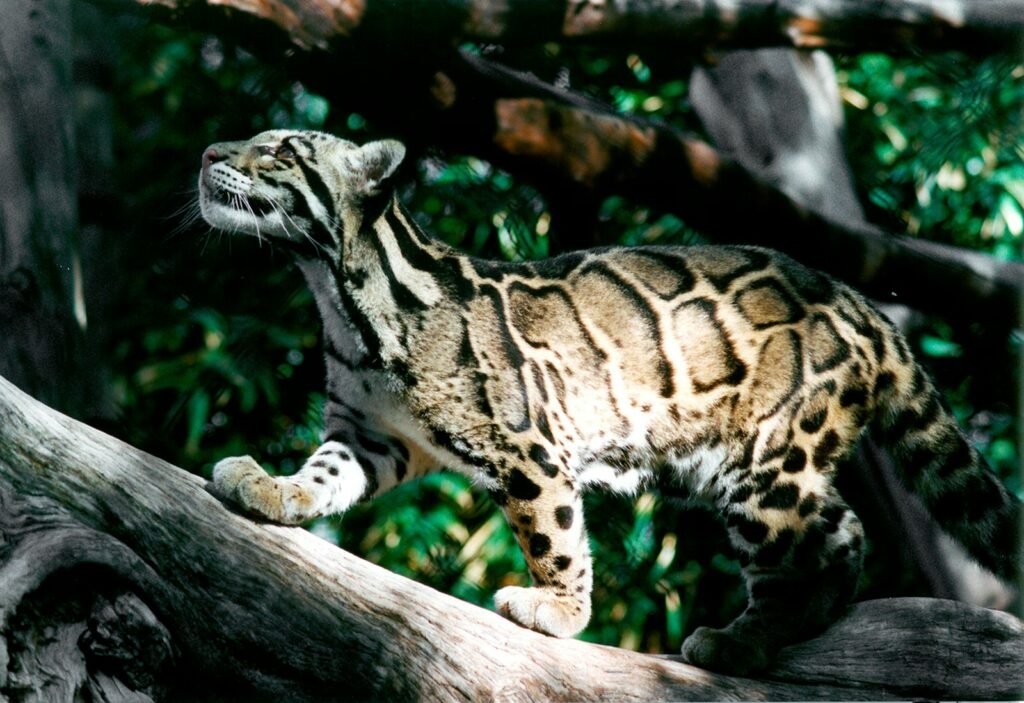
Clouded leopards possess one of the most extraordinary climbing abilities among big cats. With large canine teeth and long tails for balance, they effortlessly navigate treetops in dense jungles, hunting primates and birds. Their hunting involves silent stalking and ambushing from above, showcasing their remarkable arboreal skills.
10. The Specialized Pallas’s Cat
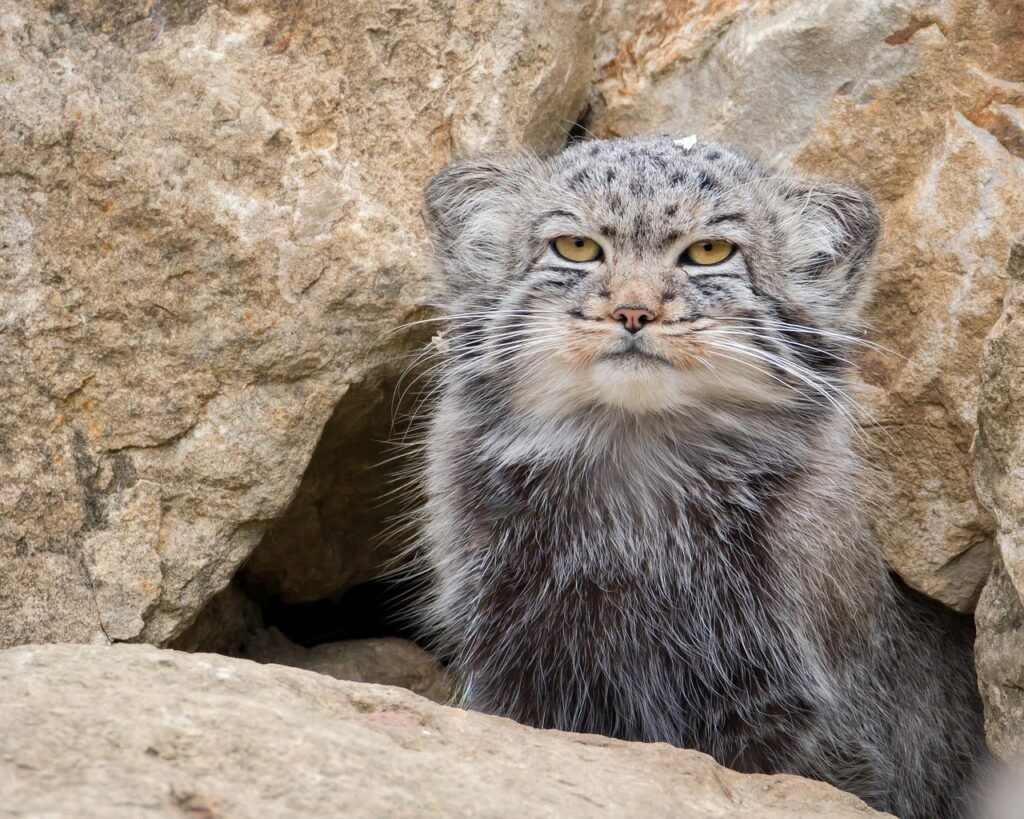
Pallas’s cats are small, solitary felines adapted to the cold, rocky steppes of Central Asia. They are highly specialized hunters of small mammals like pikas. With their dense, fluffy coats blending seamlessly with their surroundings, they use the element of surprise to capture prey. Their distinct low-profile stalking technique adds to their predatory success.
The Role of Adaptation in Survival

These unique hunting styles highlight the incredible adaptations that have allowed big cats to thrive in diverse environments. From the cooperative tactics of lions to the extraordinary speeds of cheetahs, each species demonstrates a perfect blend of physical traits and behavioral strategies honed through evolution for survival.
Conservation Efforts for Big Cats
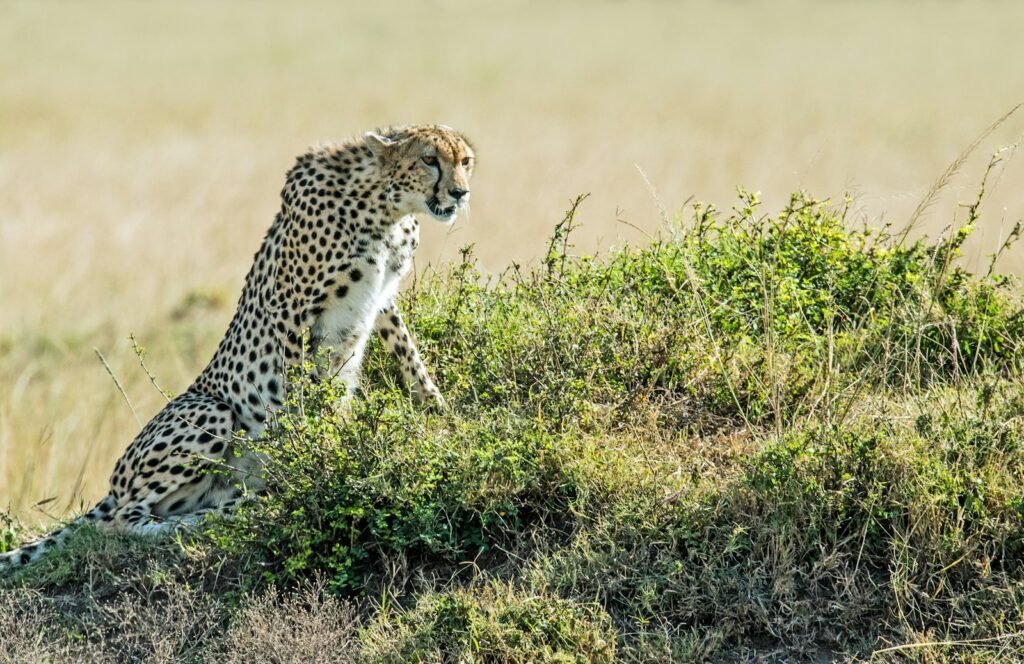
Despite their prowess as predators, big cats face numerous threats, including habitat loss, poaching, and conflicts with humans. Conservation efforts are crucial in ensuring the survival of these magnificent animals. Protecting their habitats and promoting coexistence with local communities are essential steps toward safeguarding big cat populations for future generations.

Growing up traveling and experiencing new cultures and wonders, I have had a passion for nature, adventuring, photography, and videography. I am currently working towards a BSc in Biodiversity and Ecology at Stellenbosch University, and I hope to specialise in Marine Sciences one day.
Please send any feedback to Feedback@animalsaroundtheglobe.com






